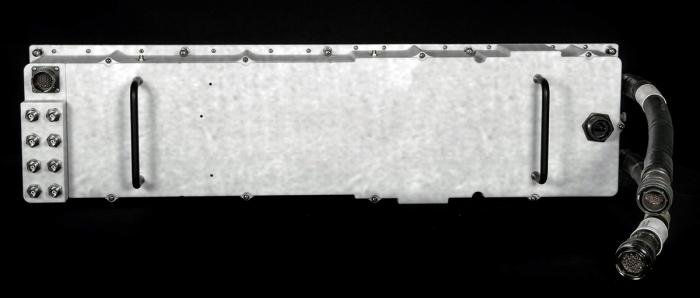SYRACUSE, N.C., Nov. 17 (UPI) -- Lockheed Martin introduced its next-generation radar technology, the Digital Array Row Transceiver, on Tuesday.
The technology, known as DART, improves the performance of current Lockheed Martin radar products by offering increased energy efficiency and lower life-cycle costs. DART is currently available for the TPS-77 Multi Role Radar System, while also being compatible with earlier radar modules. Lockheed Martin officials say they plan to integrate the new technology for all the company's ground-based radar systems.















